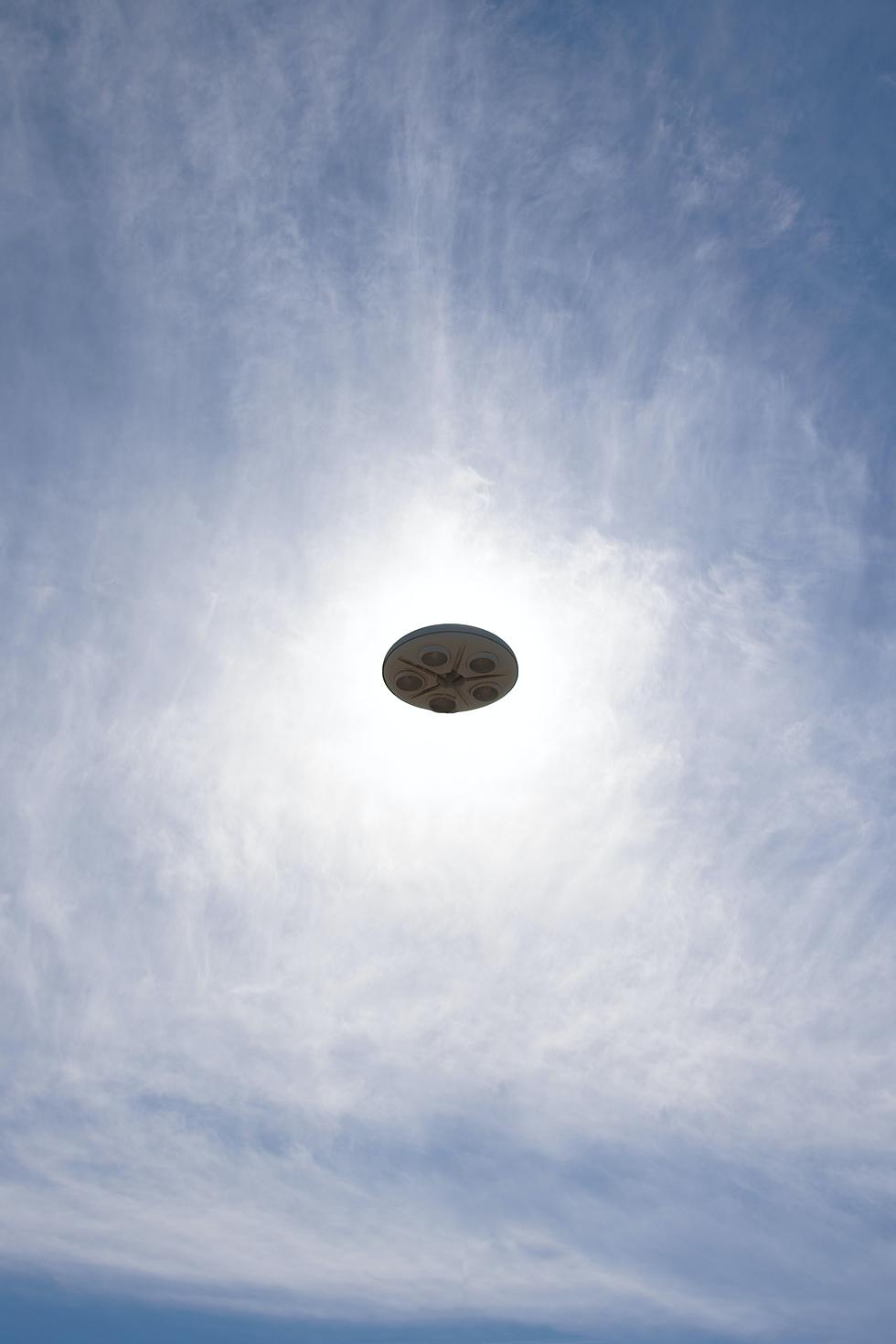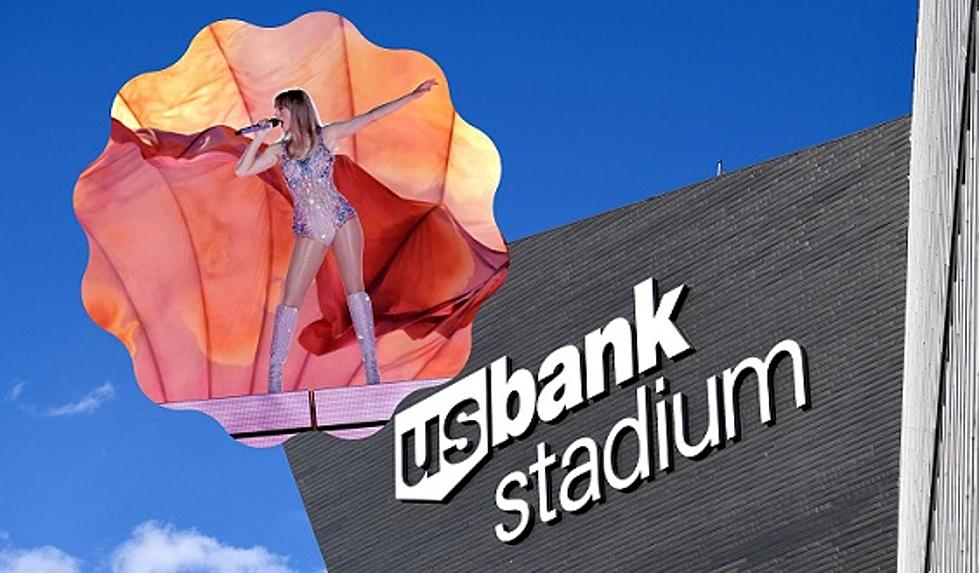
NOW OPEN: Construction Finished on Minnesota’s ‘Roller Coaster’ Building
Over the last two and a half years, we've witnessed the construction of Rochester, Minnesota's newest building. The futuristic design grabbed the attention of locals with many calling it the "roller coaster" building.
The nickname came from the tracks on the exterior that resemble those you'd find on an amusement park ride. The $120 million project is now complete and a press release sent out on Wednesday explained how the building will be used.

According to KROC News the new facility will be called the Anna-Maria and Stephen Kellen building because of a generous $49 million gift from the Anna-Maria and Stephen Kellen Foundation that helped with construction costs.
Here's what the building looked like this fall:
The Anna-Maria and Stephen Kellen building will have 176,000 square feet of space dedicated to Mayo Clinic research. Gianrico Farrugia, M.D., president and CEO of Mayo Clinic said the building will help scientists "find more ways to detect and eradicate disease earlier, faster, and more efficiently."
NOW OPEN: Construction on Minnesota's 'Roller Coaster' Building is Now Complete
Knutson Construction says, "The 11-story building's high-profile exterior communicates a mission that is aspirational, a catalyst for interdisciplinary innovation, and a symbol of hope. Much like the shields in Mayo Clinic's logo, the building will connect research, clinical practice, and education in terms of both physical space and experience."
The builder also explained the exterior design: " The façade creates visual connectivity from the inside-out and the outside-in, with an interior awash in natural light that offers plentiful views and an exterior inspired by the innovative research happening within."
LOOK: Groceries that dropped in price in the Midwest last month
Gallery Credit: Stacker
More From B105









